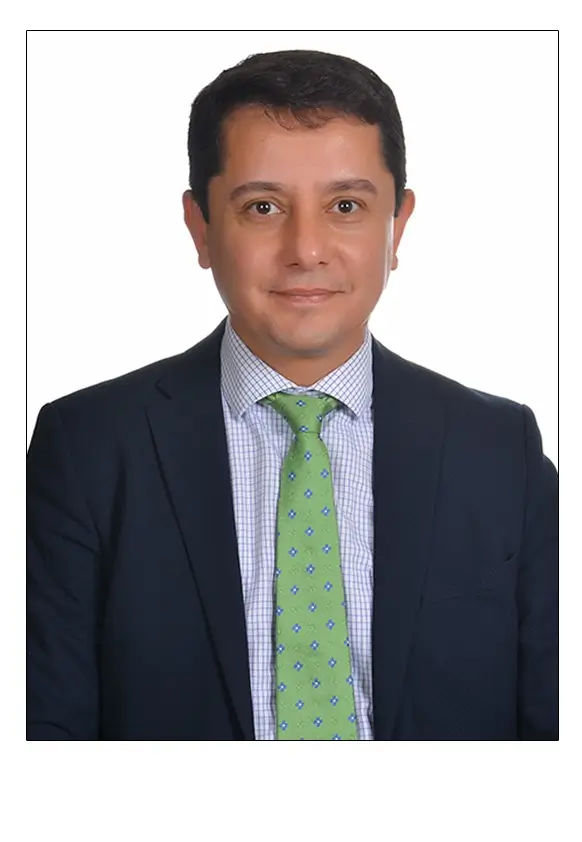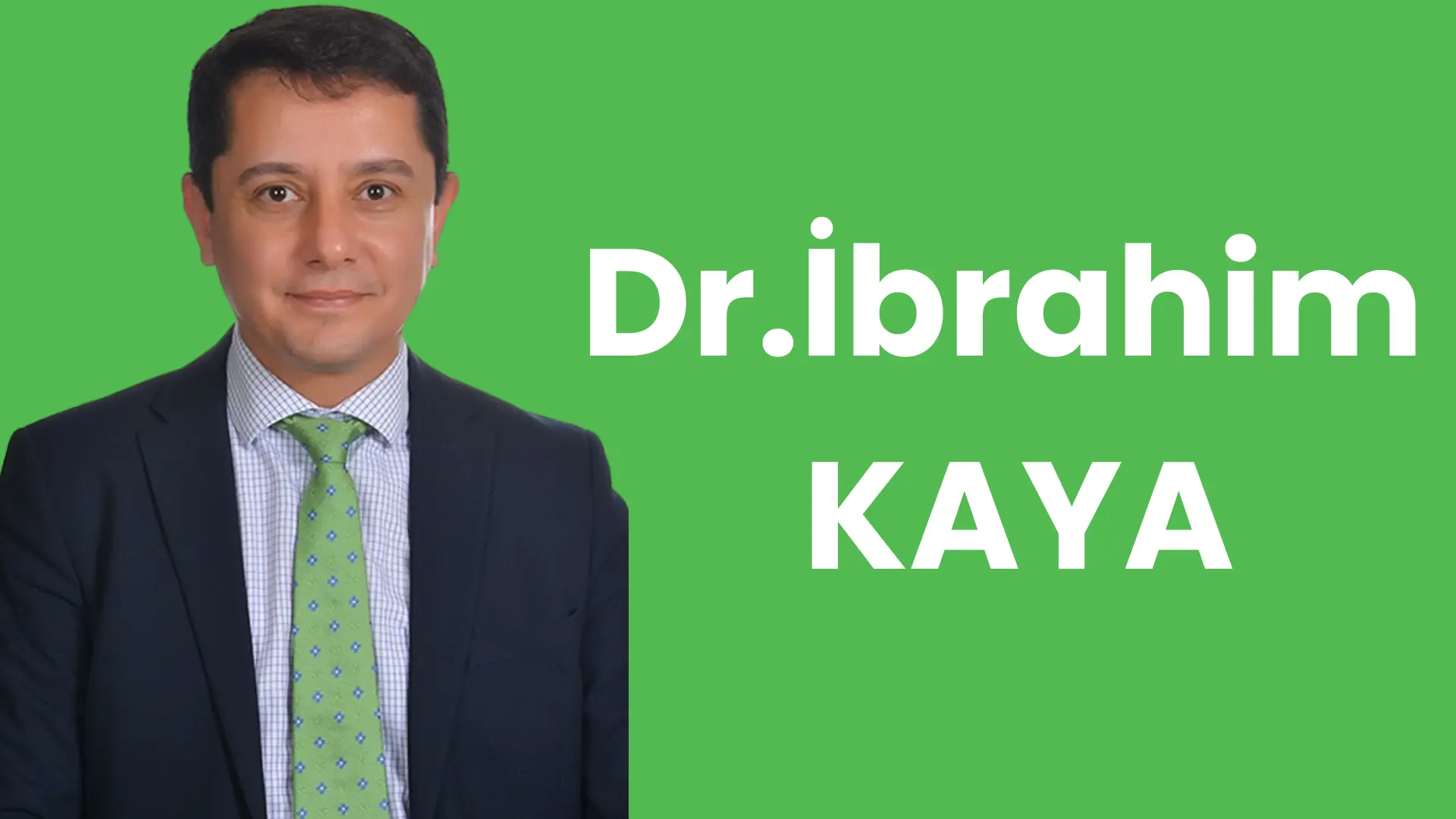About Me

My Journey in Finance and Risk Management
My university years were pivotal in guiding me towards the stock market and capital markets. Since 1990, grape exports from the Manisa Alaşehir and Sarıgöl regions have been directed to European countries, Ukraine, and the Middle East, with Russia as a primary market. The entire process of harvesting, shipping, and marketing fresh grapes is highly sensitive and involves substantial risks. My exposure to this sector significantly enhanced my understanding of risk management. During this period, I also began investing in stocks, which ignited my passion for the world of finance.
Working in the audit departments within the financial sector provided me with the opportunity to rapidly develop my skills. The insights I gained through audit and investigation processes enabled me to identify organizational vulnerabilities, particularly from a risk management perspective. Over time, I specialized in this field by leveraging my comprehensive knowledge of capital markets legislation. My expertise spans areas such as mutual fund establishment, risk-return analysis, and stock price calculation, which has equipped me with the tools needed to effectively manage a portfolio management company. My master’s thesis on exchange rate policies and my doctoral research on mutual funds have further solidified my deep understanding of capital markets.
I hold both a Certified Public Accountant License and Capital Markets Licensing certifications, fulfilling the legal requirements to oversee and manage a portfolio management company. My core strengths lie in audit management and risk management, with accounting and reporting forming the foundation of my expertise. International Financial Reporting Standards (IFRS) serve as the basis for company analysis in capital markets, and by utilizing these skills, I have achieved significant returns through a combination of fundamental and technical analysis.
In developing a robust risk management framework, data is the key element. By designing models that effectively categorize emerging data, it becomes possible to seamlessly integrate all relevant information into the risk management system from the outset. Through various projects involving programming languages and risk management system design, I have gained extensive experience, which I have successfully applied to the institutions I have worked with.
Looking ahead, the future of risk management lies in the integration of artificial intelligence technologies. High-quality risk data is the foundation upon which successful risk management systems are built, and AI-driven solutions are essential for creating proactive systems that anticipate potential risks and take preemptive action. Additionally, internal audit and risk management processes must be closely coordinated to ensure a comprehensive and effective approach to risk mitigation.
